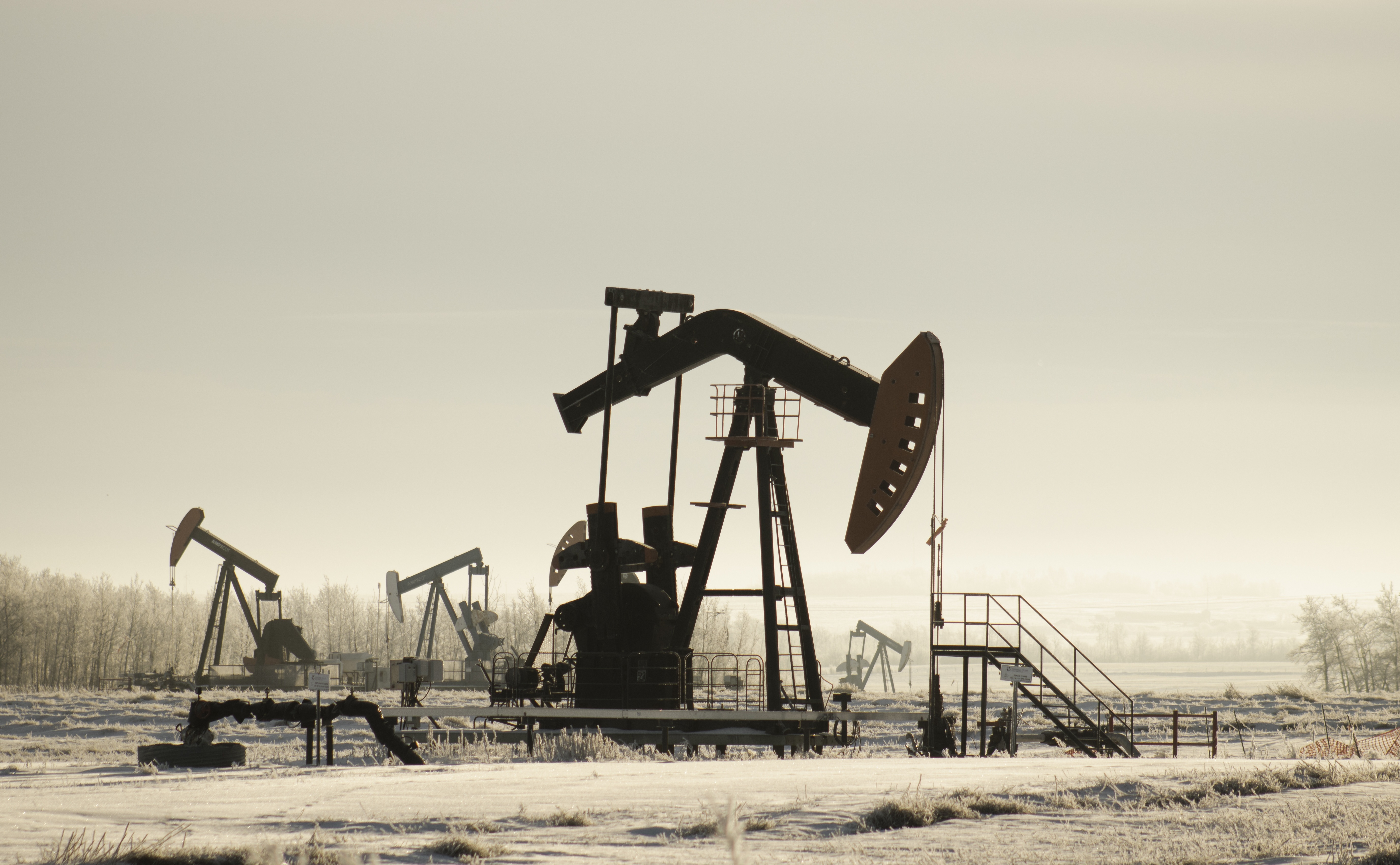Don’t Let “Average” Winter Conditions Fool You
Each winter, energy buyers look to forecasts for clues about what’s ahead. This year, however, the story is mixed. The Farmer’s Almanac is calling for a colder season, while National Oceanic and Atmospheric Administration (NOAA) predicts a warmer one across much of the country. Both forecasts point to a weak La Niña, which historically makes weather patterns less predictable. That uncertainty could have real implications for your energy strategy.
Why the Forecast Doesn’t Tell the Whole Story
When meteorologists default to “average” or “mild” forecasts, it often reflects low confidence—not actual stability. Weather is one of the largest drivers of energy demand and price volatility. When confidence is low, the market tends to underprice risk, creating windows of opportunity for buyers who act early.
Paying attention to weather conditions is a key factor in any energy purchasing decision. Fixed and futures prices move up or down based on these weather predictions.
What Could Change the Outlook
One of the biggest wildcards this season is the “Warm Blob”—a pocket of unusually warm Pacific water near the Northwest coast. It’s disrupting the normal flow of cold air, allowing Arctic air to dip deeper into the U.S. The result? The potential for sudden cold snaps in key regions like the Midwest, Great Lakes, and Northeast.
Even if the overall winter averages out as “mild,” short, sharp cold spells can drive spikes in demand—and prices. For businesses without a managed energy strategy, those shocks can quickly erode budgets and profitability.
Opportunity in the Uncertainty
Natural gas and electric futures are still at or below 2-year averages, meaning the market isn’t pricing in winter risk yet. While production of natural gas remains strong, a single major weather event could shift the balance and send prices climbing. For energy buyers, waiting too long could mean missing the chance to lock in advantageous rates before volatility returns.
The Bottom Line
An “average” winter forecast doesn’t mean average risk. In fact, it often signals the opposite. With competing models, weak La Niña conditions and oceanic anomalies reshaping weather patterns, the smart move is to prepare for unpredictability—not ignore it.



